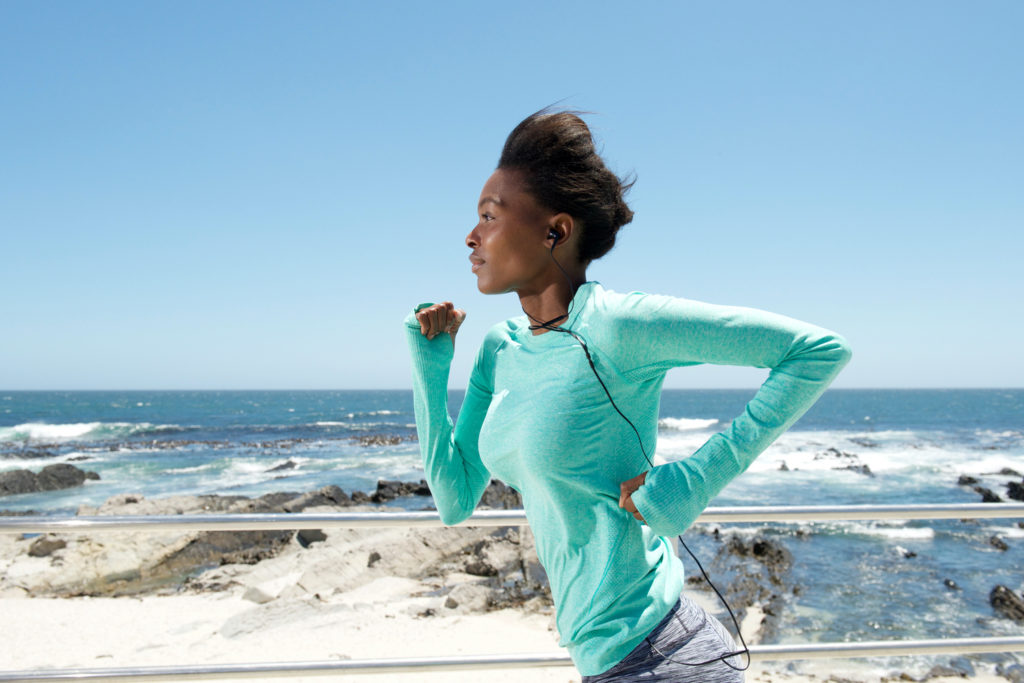You have two ages: your biological age and your chronological age. While they’re both important, your biological age says a lot about your health and can help you prevent disease and illness before it’s too late.
What’s the difference between biological and chronological age?
Chronological age is how old the calendar says you are. And according to some, it’s a superficial number because it doesn’t really say how old you are. What does? Your biological age.
Biological age is the age at which your body is functioning. According to David Sinclair, co-director of the Paul F. Glenn Center for the Biology of Aging at Harvard Medical School, “We all age biologically at different rates according to our genes, what we eat, how much we exercise and what environmental toxins we are exposed to.”
Therefore, biological age lets you know where your health stands at your current age.
How to measure biological age
Professor Morgan Levin from Yale Medical School works with blood measures you can obtain from an average medical appointment. From this blood test, Levin says you can measure blood sugar levels, kidney and liver markers, along with immune and inflammatory markers.
All of these numbers help to identify your biological age. Then, you can compare it to your chronological age and see where your health stands.
If your biological age is older than your chronological age, you can improve your health before it’s too late.
What are some simple ways you can have a younger biological age?
We know that exercise can slow cellular aging and help you look younger longer, but diet and lifestyle play a huge role, too. So, even before you measure your biological age, start to make small, incremental steps for a younger biological age – no matter what the calendar says about you.




